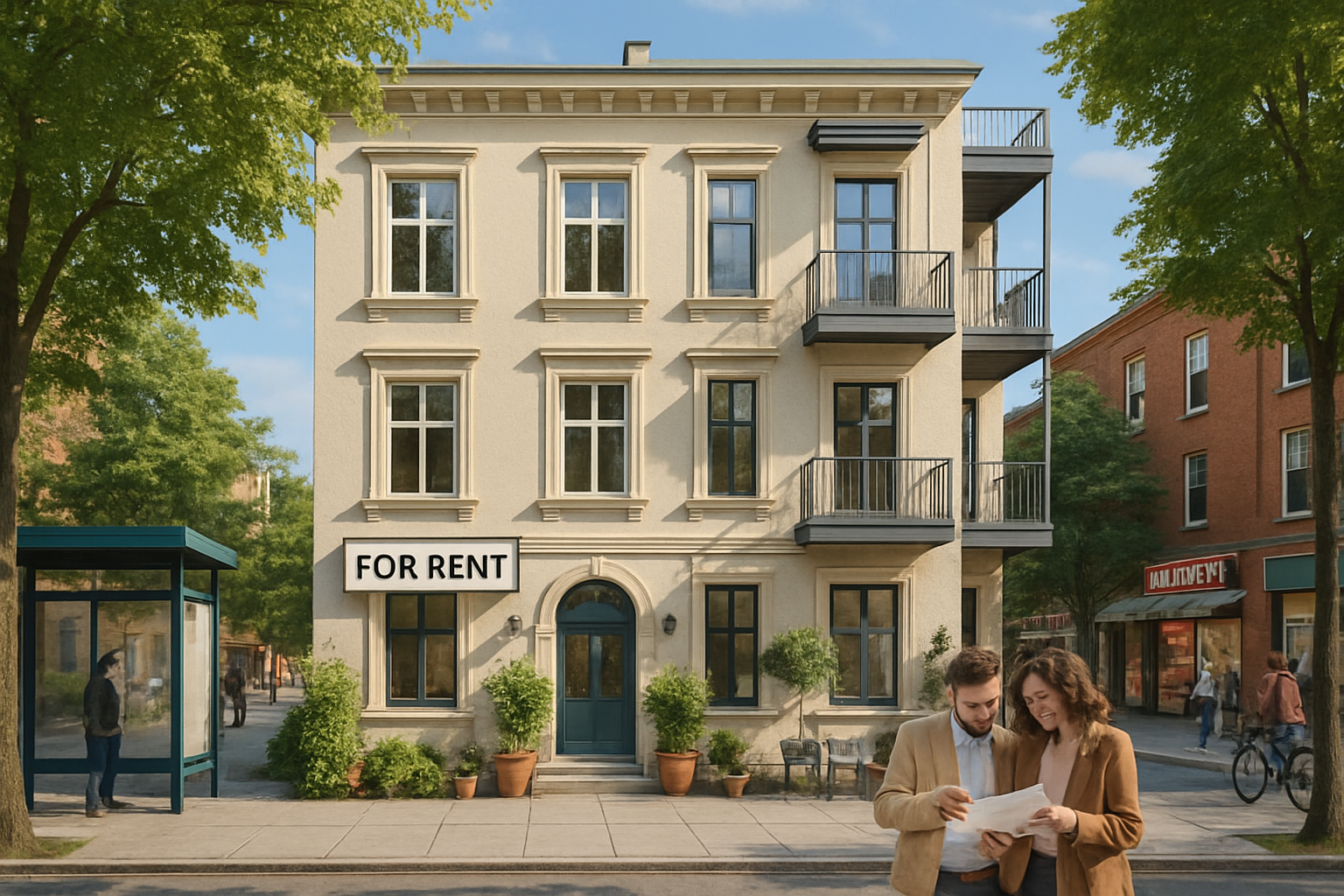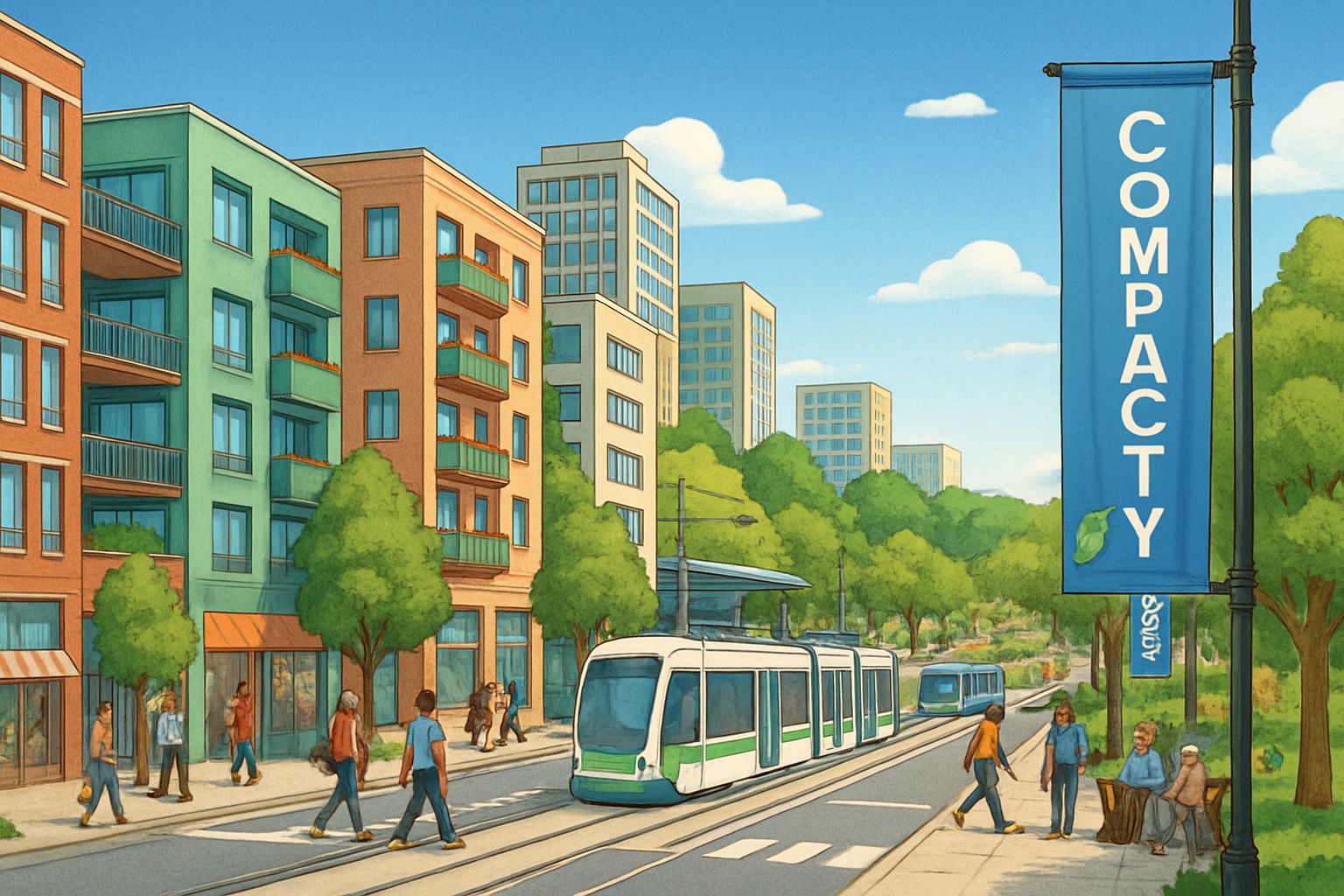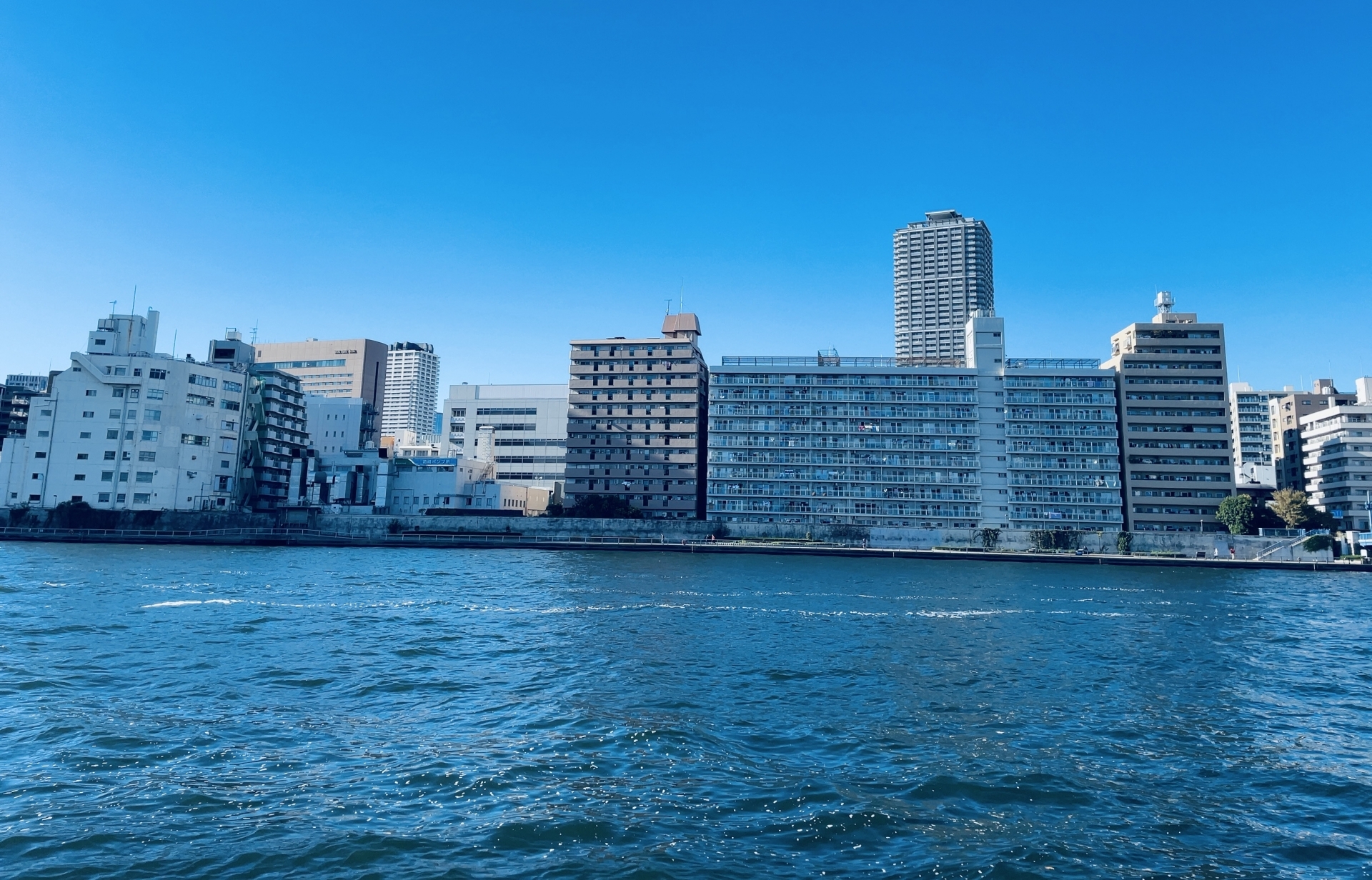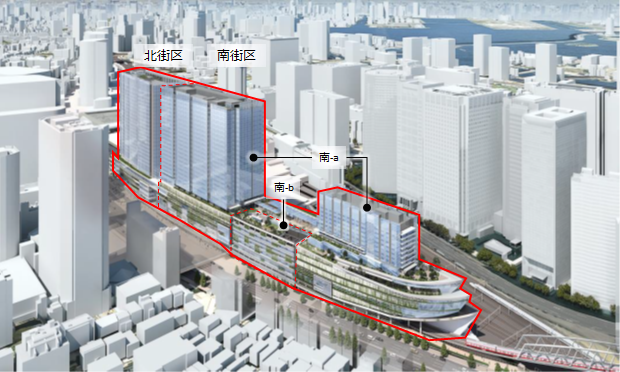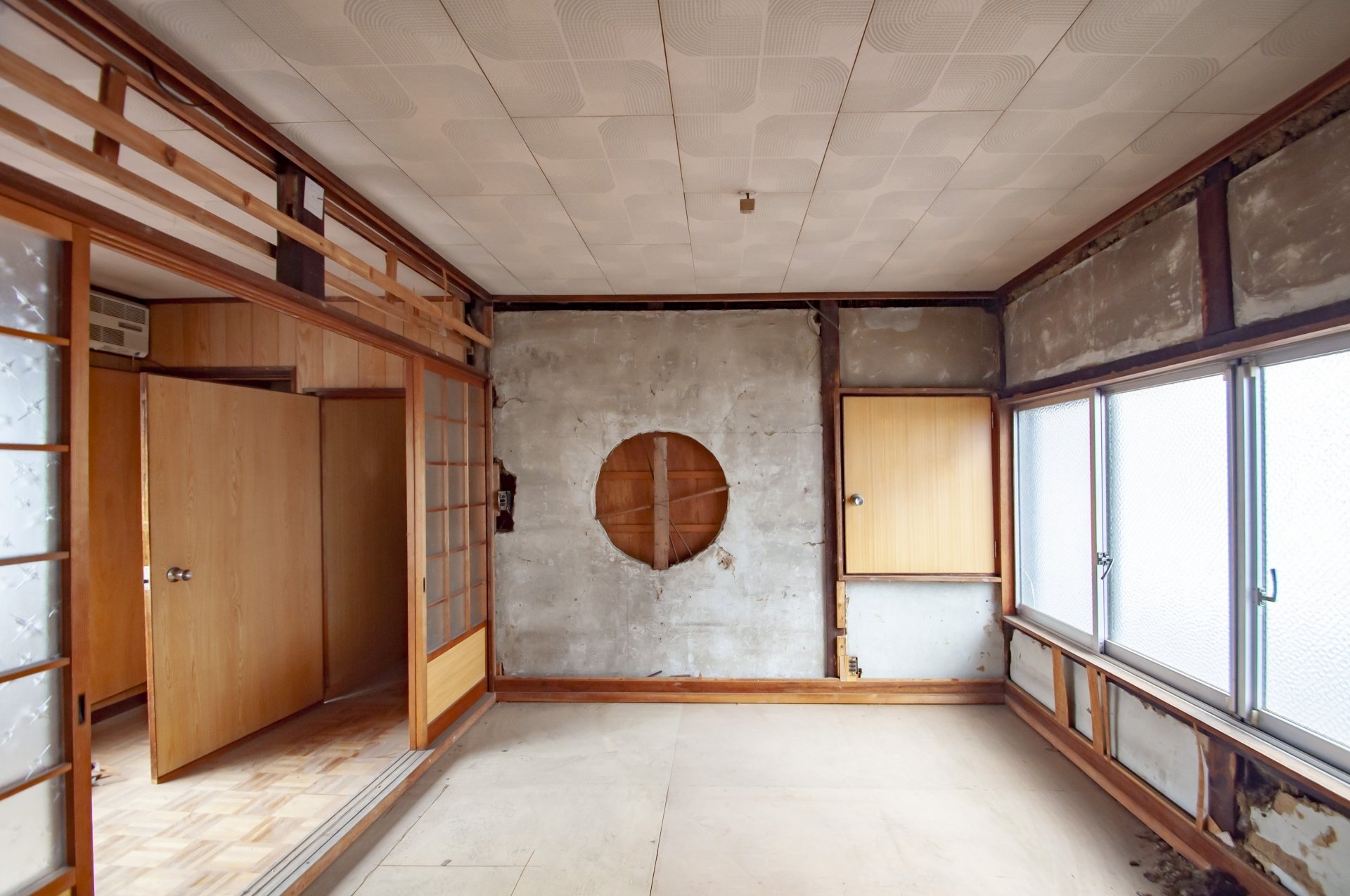In real estate appraisal, the "economic life expectancy" is an essential concept when assessing the value of a building. This concept goes beyond the mere physical life of a building and is an important indicator of how long the value of a building will last from a social and economic perspective. Appropriate evaluation of economic useful life plays an important role, especially in aspects such as real estate transactions, loan screening, and asset valuation. This article provides an overview of economic useful life in real estate appraisal practice, starting with the definition of economic useful life, how it differs from physical useful life, how it is calculated, and examples of its use in practice.
Definition of Economic Useful Life
Economic useful life refers to the number of years a building can be adapted to its intended use and fully satisfy its intended use. According to the Real Estate Appraisal Standards, the remaining economic useful life is defined as "the period during which the subject property's utility is expected to be sufficiently sustained at the time of value, in accordance with its use and usage, the degree of deterioration in terms of physical and functional factors, and the degree of market competitiveness in terms of economic factors.
The total economic life of a building represents the period of time from new construction until the building becomes worthless. In contrast, the "remaining economic life" represents the number of years the subject building will have economic value at the time of value. In other words, the relationship "economic useful life = number of years elapsed + economic remaining useful life" is established.
Difference between economic useful life and physical useful life/legal useful life
There are several types of useful life of a building, each defined from different purposes and perspectives
-
Physical useful life: the maximum period during which a building can be physically used and, with proper maintenance, can withstand physical use; for RC buildings, this is often around 65 years.
-
Statutory useful life: The useful life of a building, as defined by a Ministry of Finance ordinance for tax depreciation purposes, e.g., 22 years for a wooden house, 47 years for an RC house, and so on. This is a uniform standard for tax fairness.
-
Economic useful life: The number of years a building has economic value in the marketplace, taking into account not only its physical life, but also its functional and economic obsolescence, market competitiveness, etc. In the case of RC construction, 40 to 47 years is often used in practice, but this can vary depending on circumstances.
Important Differences
The legal useful life is uniform and calculative, especially for the purpose of tax fairness. On the other hand, economic useful life is a concept that reflects the condition and marketability of individual buildings. In real estate appraisals, the legal useful life is not only used as a reference, but the economic remaining useful life is more important from the perspective of "how many more years will it last" rather than the number of years elapsed. This is closely related to the actual and projected depreciation pattern of the building value.
Factors Affecting Economic Useful Life
Economic useful life is affected by three main factors
1. physical factors
- 2. the quality of the building's construction and workmanship
- Degree of deterioration over time
- State of maintenance and repair history
- Resistance to earthquakes and natural disasters
2. functional factors
- 3. suitability of the building's layout and facilities for the times
- Degree of obsolescence of equipment and interior
- 3. relative decline in functionality due to changes in building technology and design concepts
- Energy efficiency and environmental performance
3. economic factors
- Market competitiveness of the building's location
- Changes in the surrounding environment (convenience, living environment, commerciality, etc.)
- Changes in social needs and market trends
- Impact of changes in regulations and building standards
These factors are interrelated and collectively determine the economic life of a building. For example, a building that is physically usable but functionally obsolete or located in a location that is no longer market competitive will tend to have a shorter economic useful life.
Methods of Calculating Economic Useful Life
There are several approaches to the calculation of economic useful life
1. the straight-line method
The straight-line method determines the amount of depreciation based on the assumption that the amount of depreciation that will occur over the entire useful life of the building is a constant amount each year. This method assumes that the decrease in value of the building will be evenly distributed over time.
Formula: Depreciation Adjustment Ratio = Economic Remaining Useful Life ÷ (Elapsed Years + Economic Remaining Useful Life)
For example, if the economic remaining useful life of a 10-year-old RC building is determined to be 35 years: Depreciation Adjustment Ratio = 35 ÷ (10 + 35) = 0.778
(2) Declining balance method
The declining-balance method is based on the assumption that the annual depreciation is a constant percentage of the original annual value. The newer the building, the greater the annual depreciation, and the smaller the annual depreciation with age, making this method more suitable for new buildings.
Theoretical Income Capitalization Approach
A more theoretical approach is to calculate the optimal operation period as an income-producing business by converting the earning capacity of the building into a function. This is especially useful for income-producing real estate.
Procedure:.
- Model the change in income (rent) of the building over time
- Model changes in expenses (maintenance, repair, etc.) over time.
- Calculate the most economically rational time to rebuild by converting the net income from the above into a function.
In this approach, the theoretical economic useful life is the period of operation when the accumulated net income discounted to the present value is the largest. For example, in one case, the model for an RC office building calculated that 30 years is the optimal time to rebuild (i.e., the economic useful life).
Determination and Application of Economic Useful Life in Practice
Examples of Determinations in Real Estate Appraisal Practice
In real estate appraisal practice, economic useful life is determined based on various data and market observations. According to examples introduced in appraisal columns, etc., the economic useful life adopted in practice is as follows
- Steel reinforced concrete (SRC): 40-47 years
- Reinforced concrete (RC): 40-47 years
- Heavy steel frame: 35 years
- Wooden construction: 20-25 years was the norm in the past, but the trend has been increasing in recent years.
According to a survey by the Japan Federation of Housing Organizations, the actual life span (the period between construction and demolition) of wooden houses has been increasing year by year, reaching 38.3 years in 2015. This can be attributed to improvements in building quality and the spread of appropriate maintenance management.
Changes in Determination of Economic Useful Life
According to past surveys, the average useful life of a house in Japan has changed as follows
- 1988: 21 years
- 1993: 24 years
- 1998: 29 years
- 2011: 36.4 years
- 2013: 38.3 years
- 2014: 36.2 years
- 2015: 38.3 years
This data shows that the economic life of Japanese housing is increasing over the long term. However, there are also year-to-year fluctuations, as seen in the temporary shortening from 2013 to 2014.
Practical Use of Economic Useful Life
The determination of economic useful life is used in the following practical applications
-
Real estate appraisals: Used to determine the depreciation adjustment in the cost approach and to set the analysis period in the capitalization method.
-
Financing: Financial institutions consider the economic residual life of a building when setting the term of a loan. If it is determined that the economic life of the building exceeds its legal life, a longer loan term may be available.
-
Engineering Reports: For real estate investments and large real estate transactions, an expert report is prepared to determine the economic life of the building.
-
Reconstruction Planning: Income-producing property owners consider the optimal time to rebuild based on the economic life of the building.
Practicalities of economic life determination
Integration of Building Diagnosis and Economic Analysis
In practice, determining the economic useful life of a building requires both a physical building diagnosis and an economic market analysis:
-
Building Diagnosis: Analysis of the physical service life of the building by a professional such as a first-class architect, as well as a forecast of necessary future renovations.
-
Economic analysis: "public relations statistical analysis," "regional analysis," "market analysis," "revenue analysis (income/expense analysis)" and future projections by a real estate appraiser.
The economic remaining useful life of the subject building is determined by synthesizing these expert analyses. The determination of the economic residual useful life is particularly important for bank loans when the legal useful life of the building, which is the basis for calculating the loan period, is not sufficient.
Specific Determination Process
The specific process for determining the economic useful life of a building may include the following steps
-
Basic Survey:.
- Confirmation of the building's structure, age, and renovation history
- Inspection and evaluation of maintenance condition
- Analysis of the location and surrounding environment
-
Physical survey.
- Investigation of the strength and deterioration of the building frame
- Assessment of facility functionality and remaining service life
- Prediction of future repair and renewal work required
-
Economic analysis
- Market competitiveness and demand analysis
- Profitability time-series analysis and future projections
- Life cycle cost analysis
-
Comprehensive evaluation
- Comprehensive evaluation of physical, functional, and economic factors
- Comparison with market data for similar buildings
- Final determination of remaining economic life
Challenges and Prospects in Determining Economic Useful Life
Current Challenges
There are several challenges in determining economic useful life
-
Arbitrariness of determination: Determination is largely dependent on the appraiser's experience and subjectivity, and objective criteria are lacking.
-
Lack of data: There is a lack of sufficient statistical data and research on the long-term economic viability of buildings.
-
Adaptation to environmental changes: Due to technological innovation and rapid changes in the social environment, conventional criteria may not be applicable.
-
Evaluation of renovation effects: It is difficult to quantitatively evaluate the extent to which large-scale renovation or performance-enhancing renovation extends the economic life of a building.
Future Prospects
The future direction of economic useful life determination is as follows:
-
Database development: Attempts will be made to establish more objective criteria by collecting and analyzing long-term data on the economic performance of buildings.
-
AI and technological innovation: More sophisticated economic life expectancy prediction models may be developed using artificial intelligence and mass data analysis techniques.
-
Emphasis on sustainability: Environmental impact and long-term sustainability will be incorporated into the determination of economic life expectancy.
-
Revitalization of the used home market: The concept of useful life itself may change with the government's shift to a society in which "good products are made, well cared for, and used for a long time.
Conclusion
Economic useful life is an important indicator that comprehensively considers not only the physical life of a building but also functional and economic factors. In real estate appraisal practice, it is required not only to refer to the statutory useful life but also to analyze in detail the condition and marketability of individual buildings to properly determine the remaining economic useful life.
Recent studies have shown that the economic useful life of Japanese housing has tended to increase over time, which can be attributed to advances in construction technology and the spread of appropriate maintenance and management. The concept of economic useful life will continue to play an important role in property valuation.
Appropriate determination of economic useful life will contribute to the sound development of the real estate market, the effective utilization of resources, and the realization of a sustainable society. Real estate appraisers and other professionals are expected to conduct research and practice more objective and precise determination of economic useful life.

Daisuke Inazawa
Representative Director of INA&Associates Inc. Based in Osaka, Tokyo, and Kanagawa, he is engaged in real estate sales, leasing, and management. He provides services based on his extensive experience in the real estate industry. Based on the philosophy that “human resources are a company's most important asset,” he places great importance on human resource development. He continues to take on the challenge of creating sustainable corporate value.

.png)


